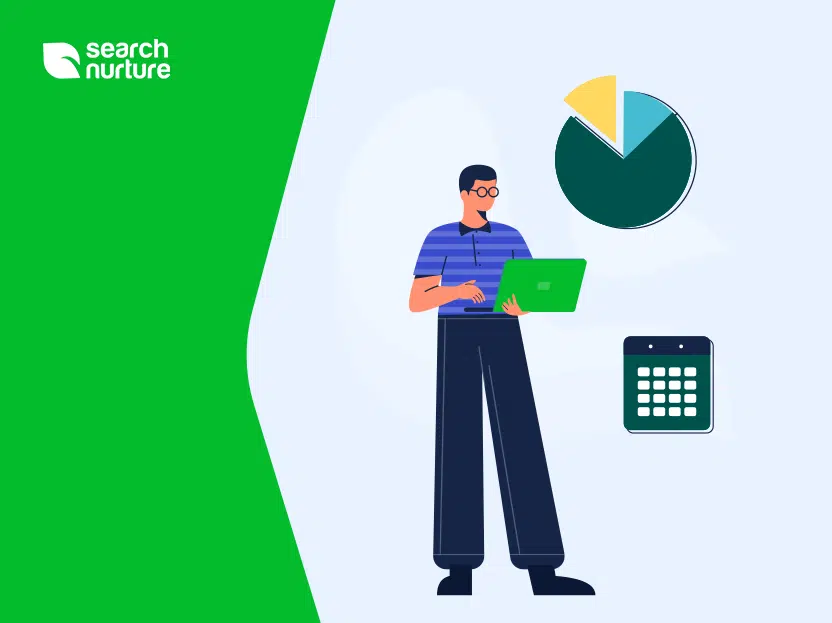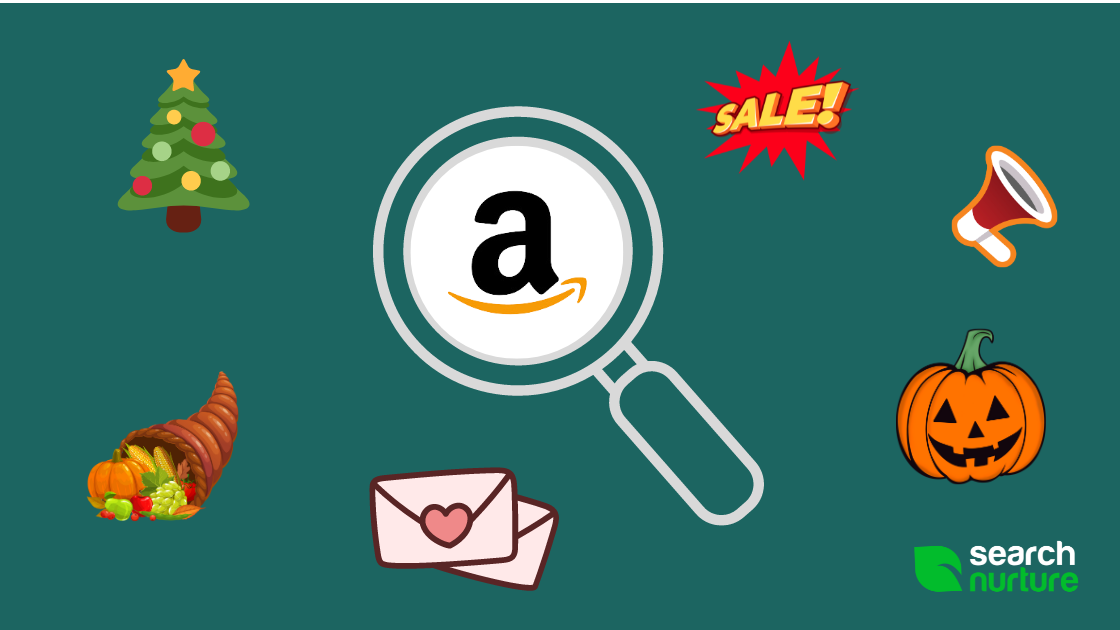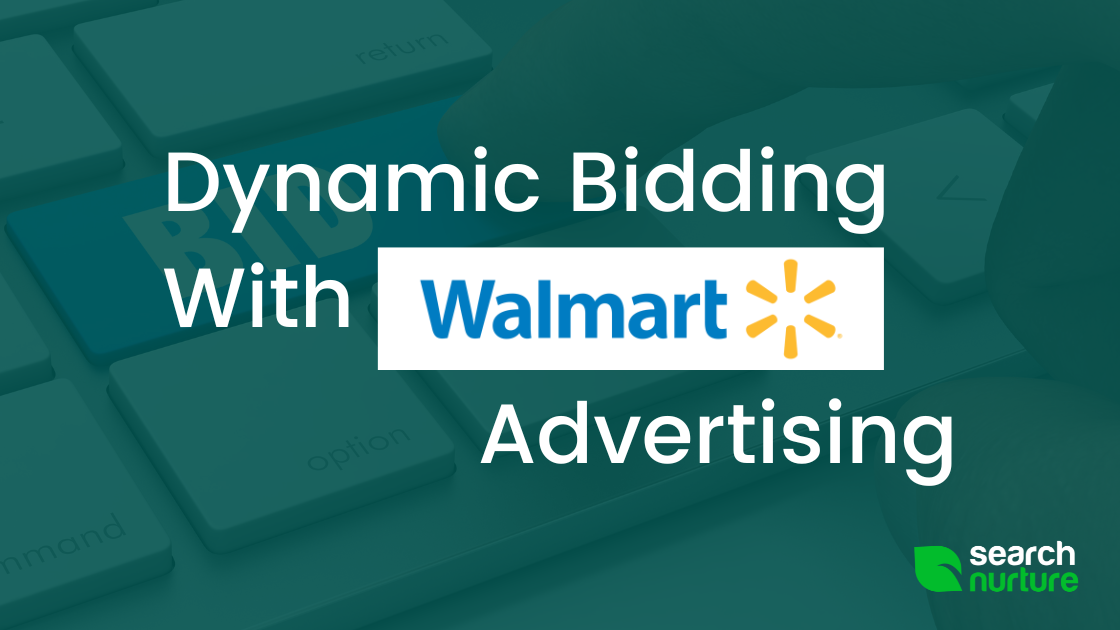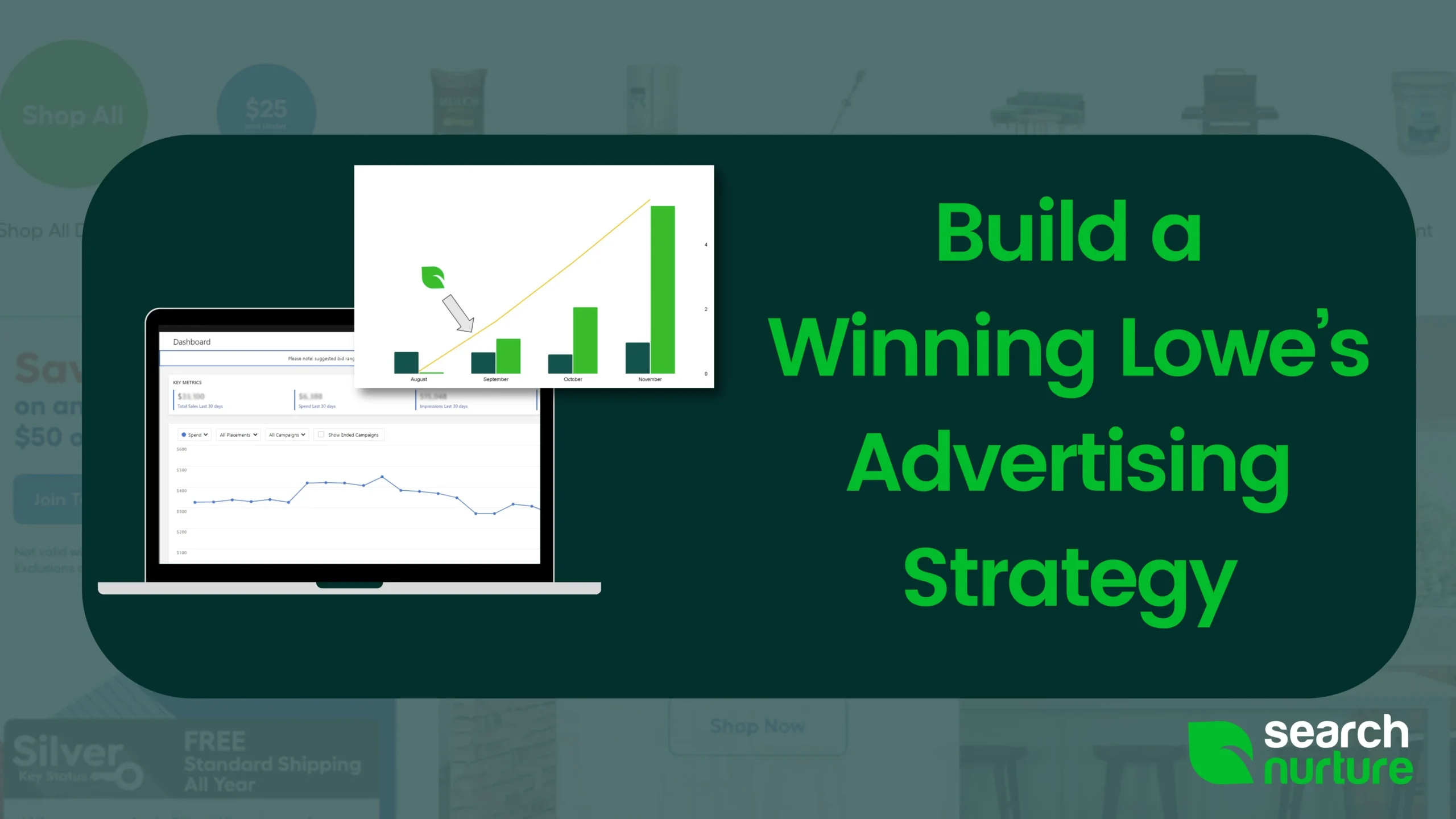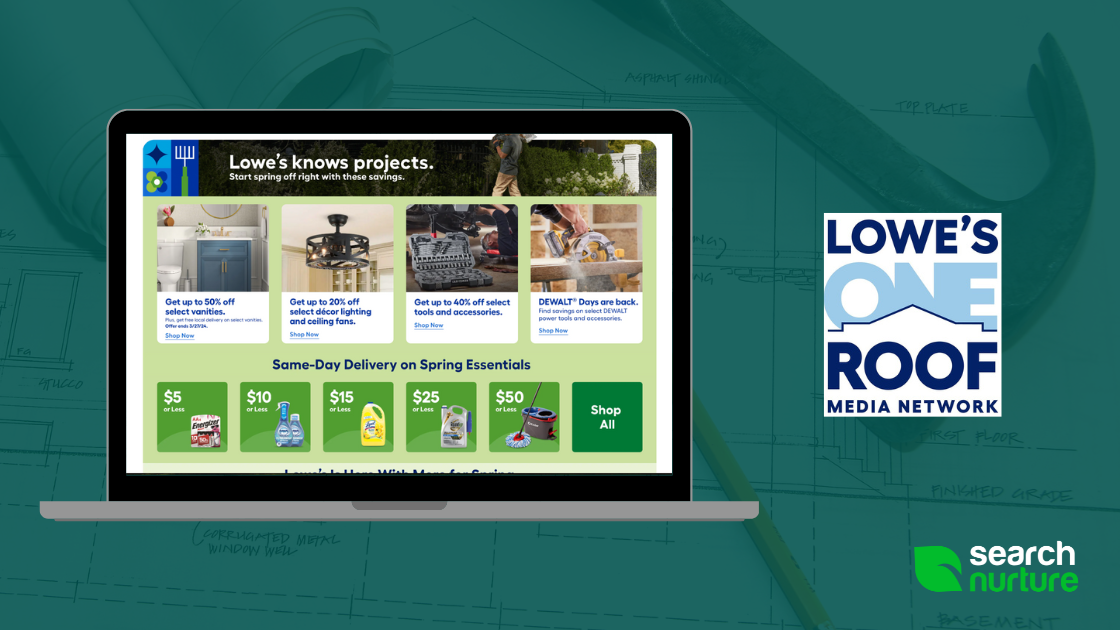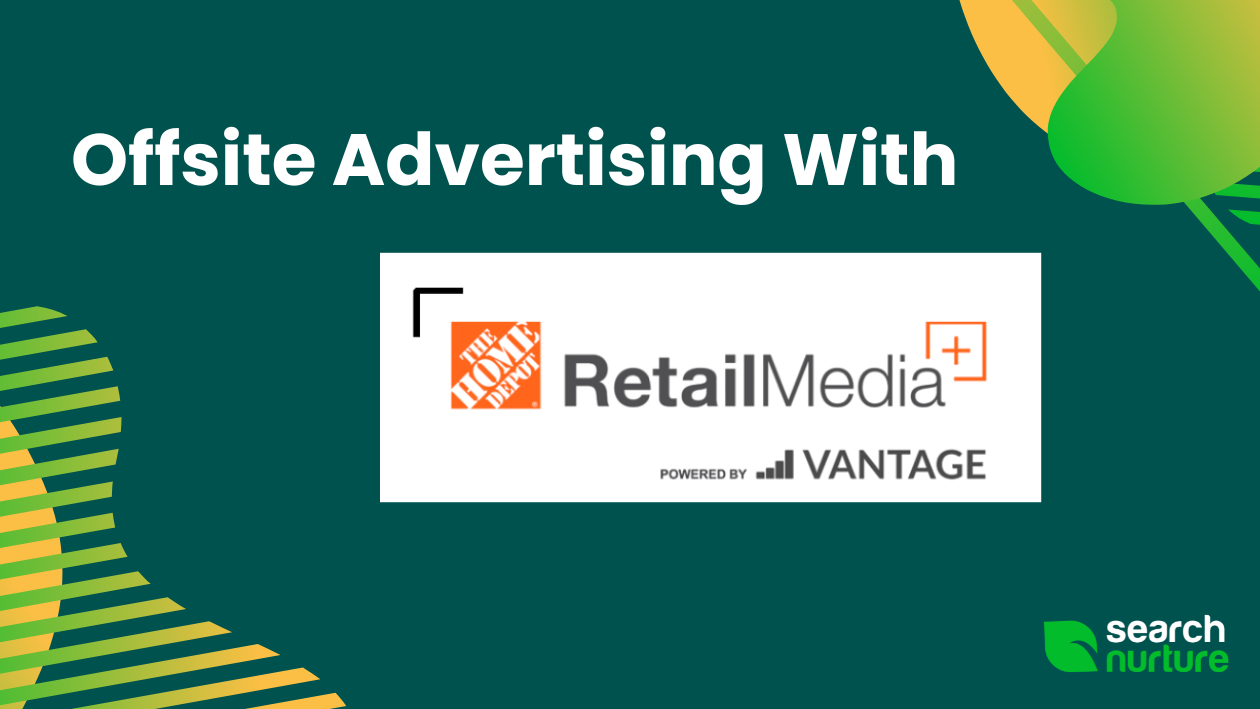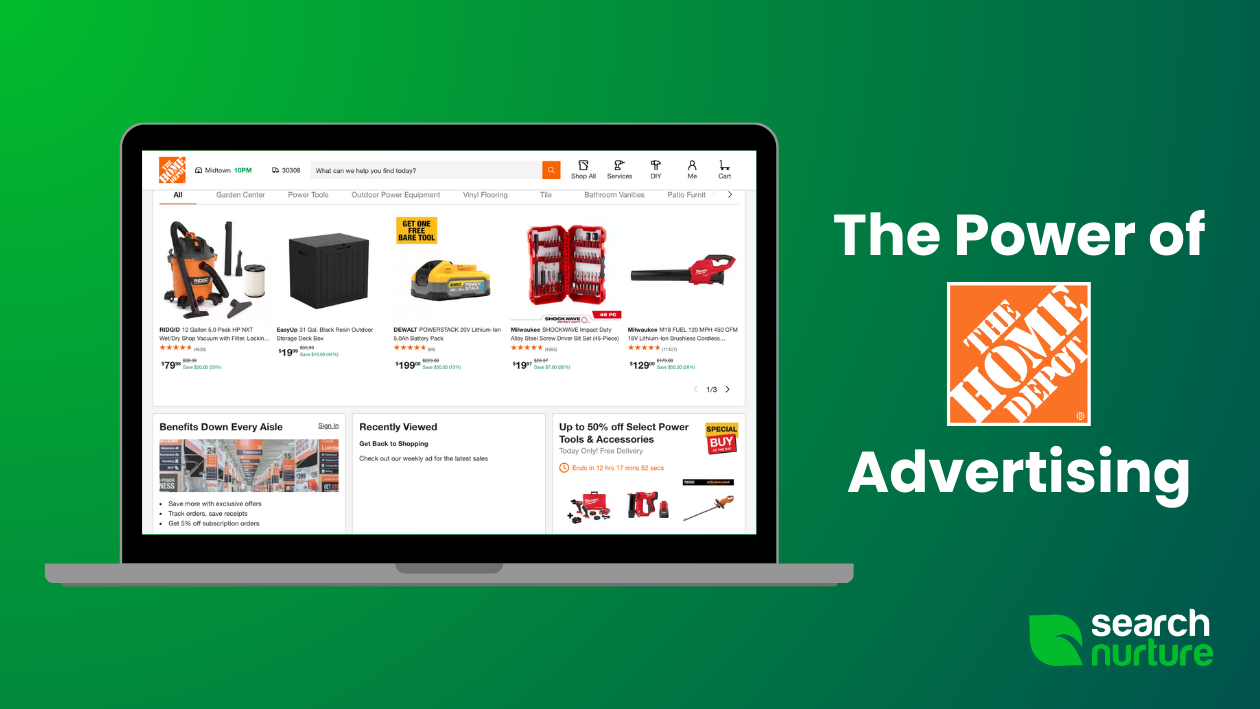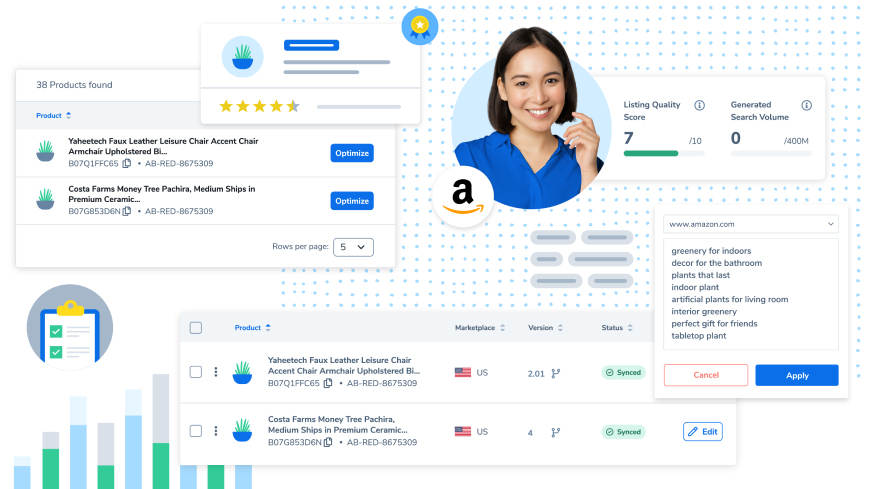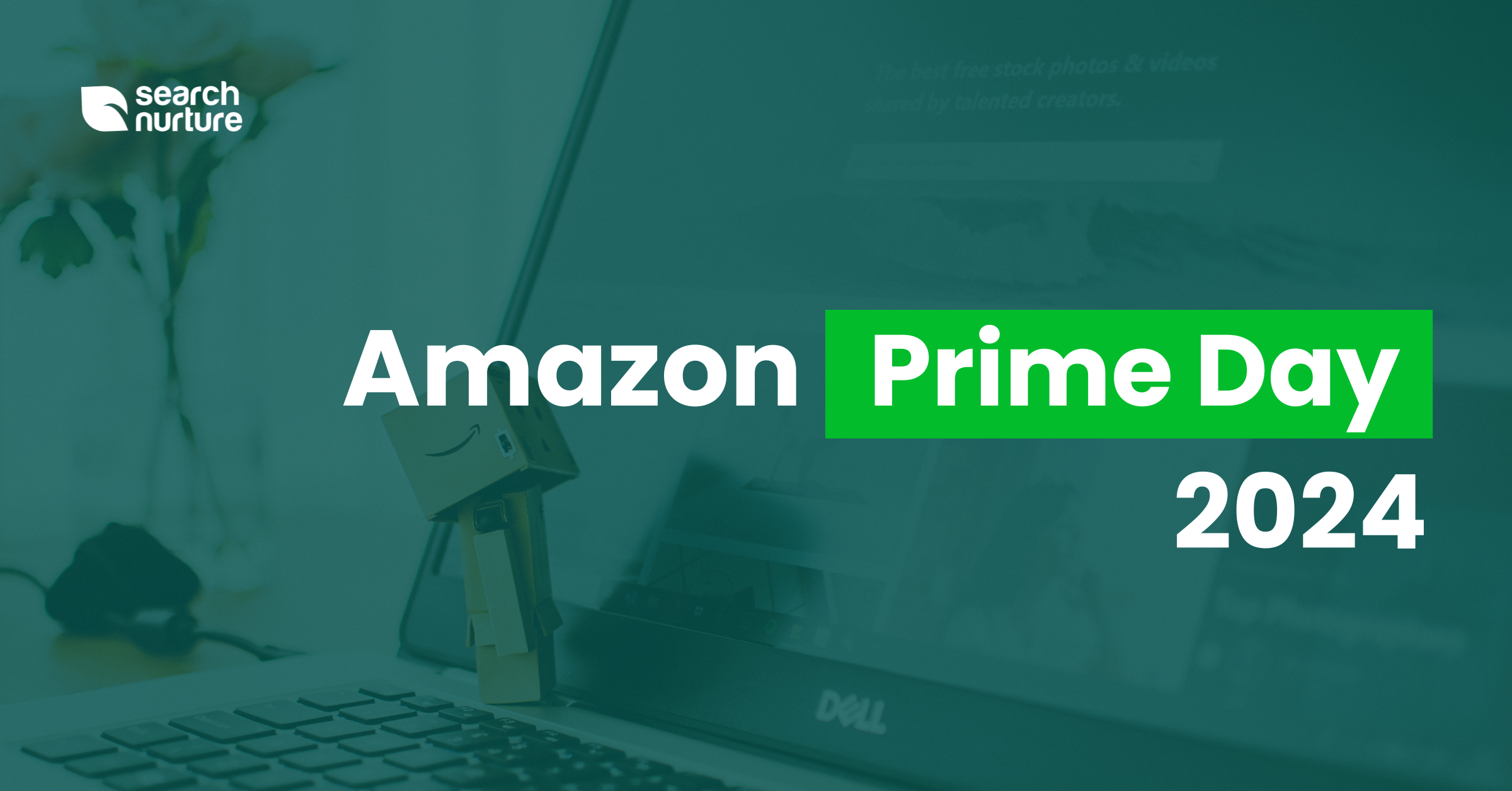What is ACoS?
ACoS, or Average Cost of Sales, is a metric Amazon uses in Amazon Advertising (formerly AMS). ACoS is measured as a percentage showing you how much a sale costs you in advertising money:
ACoS = Total $ Spent on Advertising / Total $ in Sales
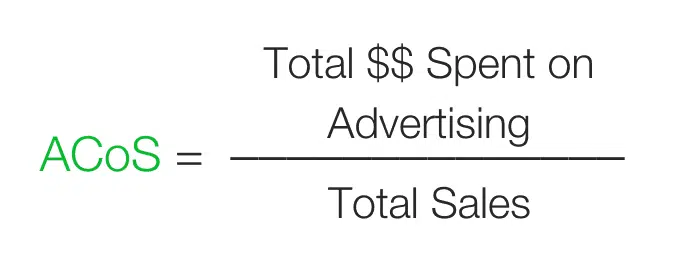
From the above formula, it becomes clear that the lower your ACoS, the better your Ad is performing. A theoretical ACoS of zero would mean you spend nothing yet make a sale.
For many advertisers, ACoS is the single most important metric, as it lets you know at a glance whether your Ad is profitable or not. But there is more to it than meets the eye—much more.
To take full advantage of the information provided by ACoS, advertisers use two further metrics: Break-Even ACoS and Target ACoS.
What is Break-Even ACoS?
Break Even ACoS is the point where an Ad becomes profitable.
You may assume that your Break-Even ACoS is 100, as, at an ACoS of 100%, you spend as much as you make. Therefore, any ACoS under 100% is profitable.
In practice, however, this is never the case, as a sale is not pure profit. You have to include the Cost of Goods Sold (COGS)—expenses such as Amazon fees, taxes, packaging and shipping costs, your Ad costs, etc. Therefore, in order to estimate your Break-Even ACoS, you need to consider the following formula first: Earnings = Sales – Cost of Goods Sold.

For example, imagine you are selling wireless headphones for $10 each. They cost you $3 in various costs and taxes, and your Ads cost you another $2. That means that you only make $5 from each sale, and your ACoS is 50%. For every dollar in sales reported by ACoS (the Sales in the above formula), your actual profit will be half that—50c.
Break-Even ACoS determines how much lower your profit will be. You want to know that number before you even start an Ad, as any Ad with an ACoS higher than your Break-Even one is costing you money, no matter what the sales: if your COGS is higher than your Sales, your Earnings will be negative, and you are losing money.
Of course, merely breaking even is rarely an advertiser’s goal unless used as a short-term strategy — for example, to raise brand awareness. What you normally want, however, is to make a profit.
This is why advertisers usually start with the goal of producing profitable campaigns by reaching Break-Even ACoS first, but will then optimize their campaigns until they reach their Target ACoS.
What is Target ACoS?
Target ACoS is your ideal ACoS—how much profit you wish to make from a particular product. If your Break-Even ACoS gives you an upper limit above which your Ad is no longer profitable, your Target ACoS lets you know how profitable an Ad is.
Your Target ACoS depends on a number of factors beyond your Ad campaigns. For example, one product may enjoy a monopoly status, which means it has no competition and your profit margin is high. Another product may be in a highly competitive area; therefore its profit margin will be low.
When you estimate your Target ACoS, you need to take into account both your Break-Even ACoS and your desired profit. In the headphones example used above, your Break-Even ACoS is 50%. If your desired profit margin is 20%, then your Target ACoS is your Break-Even ACoS minus your profit margin, therefore 30%: Target ACoS = (Break-Even ACoS) – (Desired Profit Margin)

Attributed Sales
Since Sales are mentioned repeatedly above, it should be noted that you may notice a discrepancy between your actual earnings and sales reported by Amazon. This is because Amazon uses a metric called Attributed Sales to determine your sales.
Attributed Sales solves several common problems with customer behaviors. For example, some shoppers may add an item to their cart but not make a purchase right away. Others may buy a product only to return it after a few days.
To account for such shopper behaviors, Amazon tracks a shopper’s activity after they click on an Ad. That click is registered in case the shopper comes back to purchase a product they clicked on previously. The time period for measuring purchases after a click is called an attribution window and ranges between 7 and 14 days. If a shopper returns to your product and purchases it within the attribution window, that sale will be included in your sales data for that period.
Wrap Up
Amazon ACoS is one of the most important metrics to keep in mind when designing an Ad campaign on Amazon Advertising. By setting your Break-Even ACoS and Target ACoS from the start, you can practically ensure your campaign’s success. However, as easy as it is to create and run a campaign, it can be just as hard to do so properly—and profitably.
Remember that your job is to create a killer product. It is our job to promote it on the world’s biggest online store. So, why not focus on what you do best and let us handle the rest? You’ll be glad you did.

